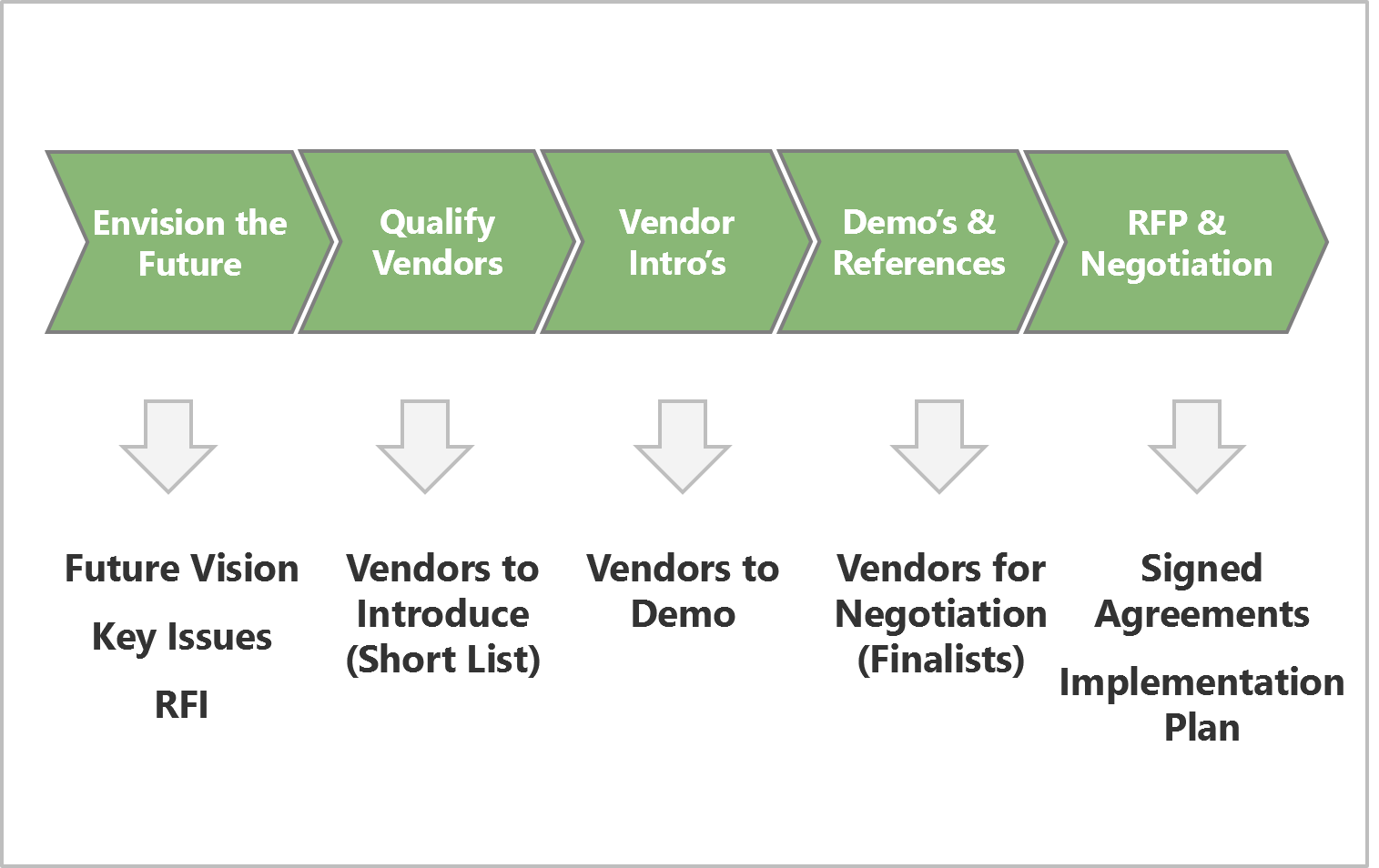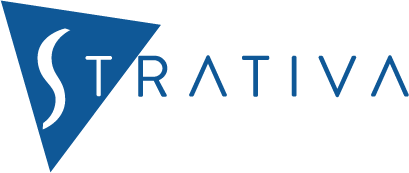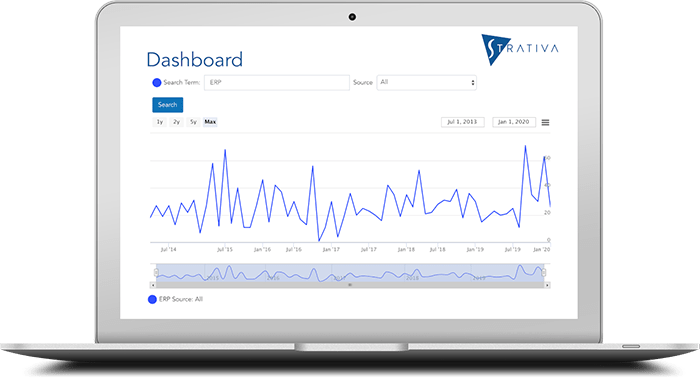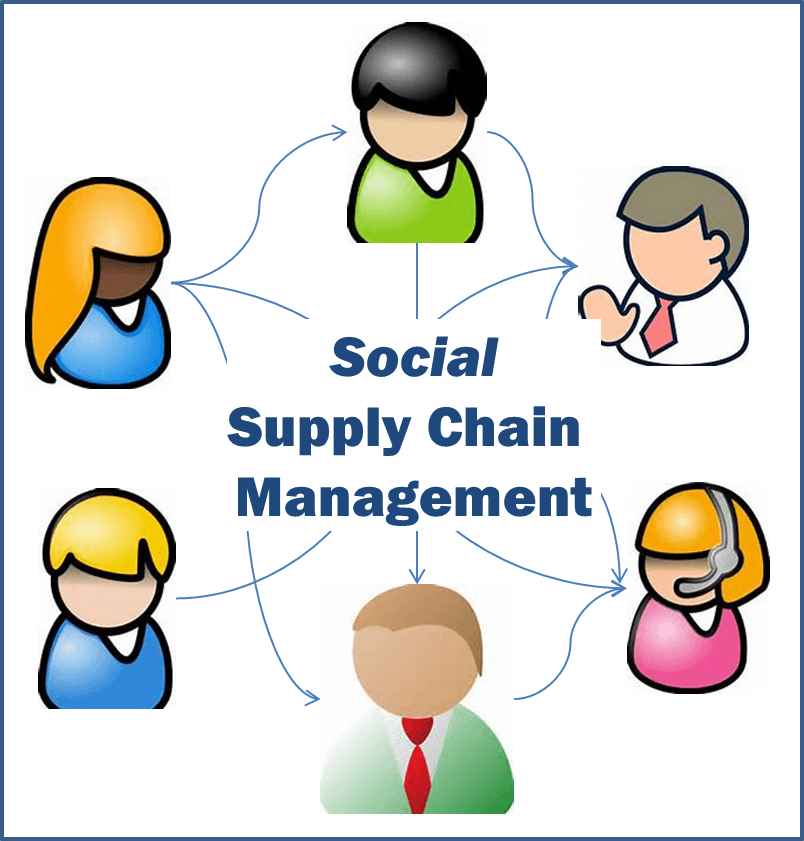
In some enterprise software selection projects, clients are tempted to skip the Request for Information (RFI) stage and go straight to a Request for Proposal (RFP). This is a mistake and often the result of not fully understanding the value of a well-written RFI. This post discusses the difference between an RFI and an RFP and the benefits of developing a simple RFI early in the vendor selection process.





